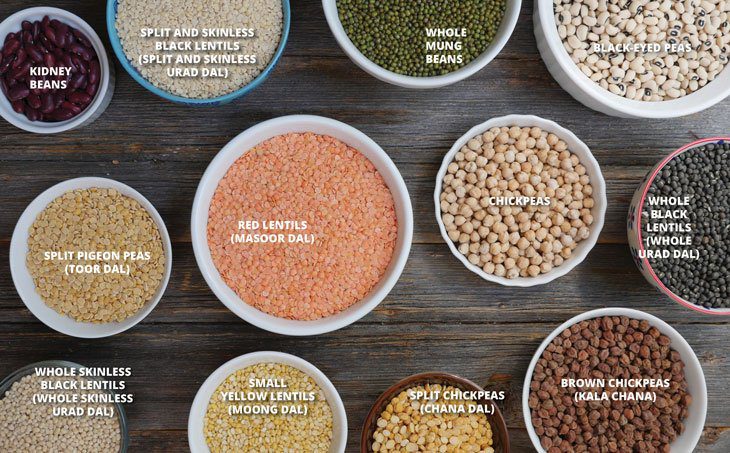The Open Magazine
Delicious Keto Recipes for a healthy lifestyle
Types of Dal Varieties. Discover a collection of 9 diverse Types of Dals in India and how to incorporate them into your cooking! Learn about their origins and the unique ingredients that make each type special.
Dal is a Tantalizing combination of grains, spices, & legumes, & a staple dish in many cultures. There are six, Types of dal commonly found in Indian cooking – toor dal, chana dal, moong dal, urad dal, masoor dal, and split peas. In this article, We explore each type & how they can be used to create flavorful dishes.
Spicy, rich and full of flavour, explore 9 amazing types of Indian Dals for an unforgettable culinary experience.
From the simple, yet hearty Toor Dal to the exotic Kadale, Indian cuisine is blessed with a variety of Dals. Exploring each dish will offer an unforgettable culinary adventure full of vibrant flavours and spices. Discover 10 delicious types of Dals that create a flavorful and nutritious cooking experience.
Masoor dal:
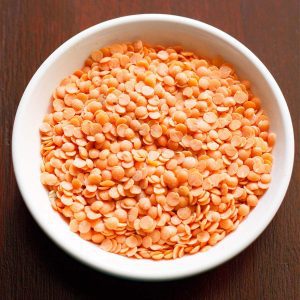
Masoor Dal, also commonly referred to as Red Lentils, is one of the most popular Indian dals. They have a mild flavour and a light orange colour that adds brightness to any dish. Masoor Dal is already cooked and ground when you buy it, making it fast and easy to prepare. It can be used in soups, side dishes or as a main course with rice or roti.
Black Urad Dal:
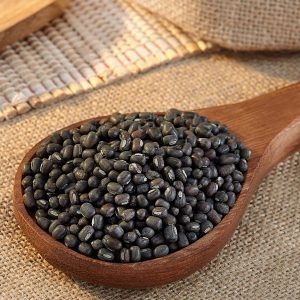
Also known as black gram, Black Urad Dal is a common lentil used throughout India. It has a creamy texture and nutty flavour with hints of earthiness. This dal absorbs spices well, making it a perfect choice for curries. Black Urad Dal is often cooked together with Basmati rice to make an incredibly flavorful dish; it can also be eaten as a thick porridge or a spicy soup.
Black Urad Dal is a great source of protein, fibre and micronutrients like calcium, magnesium, iron and manganese. This type of dal can be enjoyed whole or split in two; it has a stronger flavour than other types of lentils. When cooked, Urad Dal takes on a creamy texture that makes it ideal for use in gravies, sabzis or even as a side dish for rotis. If you’re looking to make an extravagant dal with plenty of flavour and texture, try using Urad Dal.
Black Urad Dal is a dark-coloured lentil that adds a wonderfully robust flavour when cooked. It can be prepared, in a variety of ways, such as with spices, fried onions and tomato puree. Urad Dal can be used in curries to thicken them or as an accompaniment to vegetables. It also works incredibly well when blended with other types of lentils, such as masoor dal, for a truly unique taste and texture.
Black Eyed Peas/ Lobia:
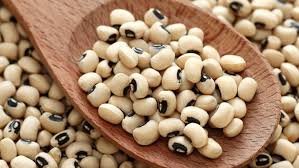
Another lentil originating from the Indian subcontinent, Black Eyed Peas or Lobia are smaller and rounder than many other types of dal. It has a firmer texture than other lentils, making it ideal for salads, soups, fritters and biryani dishes. When cooked with aromatic spices, this dal is transformed into a creamy and delicious dish. Serve these tasty beans with rice or chapati for a wholesome meal.
White Urad Dal:
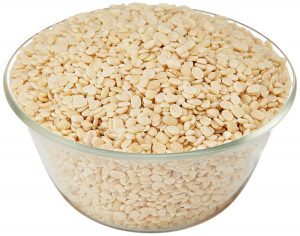
White Urad Dal is a type of Indian dal that is extensively used in many traditional dishes, such as the famous idli and dosa from Southern India. This dal resembles black mung in size and shape but it has a white complexion, which gives it its name. White Urad Dal has more protein and fibre than other lentils, making it an excellent plant-based source of protein. It has a slightly sweet taste, with a creamy texture that makes it perfect for curries or mixed with vegetables.
Rajma (Kidney Beans):
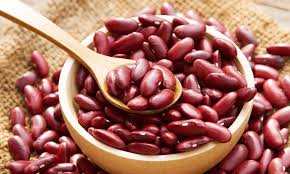
Rajma is a variety of kidney beans frequently used in Indian cuisine. Dal has a meaty texture, with a mild nutty taste and a pale pink colour. It is usually soaked overnight and cooked with onion, garlic, tomato and spices to make delicious curries. This dal’s richness also makes it ideal for long-cooking stews on cooler evenings. Rajma can be served warm or cold and enjoyably accompanies rice or Indian slices of bread.
Yellow Chana Dal: This yellow-coloured dal is a staple in Indian households everywhere:
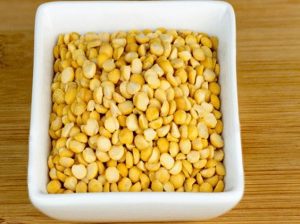
Made from split Bengal gram, Chana Dal, is widely used for its nutty flavour & its unique mouth feel when cooked. It can be used in soups, curries, and even as an alternative to rice. It’s often combined with either spinach or sweet potatoes to make a flavourful dish!
weight loss recipe: Can We Eat Moong Dal On A Keto Diet? Sprouted Moong Dal Recipe
Chana dal is an excellent source of fibre, & protein and even contains some essential vitamins and minerals. When cooked correctly, it also has a rich, nutty flavour that will surely be a hit with everyone. Chana dal can be used as an alternative to rice or as a replacement in any recipe that requires lentils – so don’t be afraid to get creative! You could try combining it with Zucchini or cauliflower for an earthy twist on your traditional curry! Use chana dal in your favourite recipes and discover why this powerhouse dal is a staple household food!
Toor Dal: Also known as arhar or yellow lentils, these tangy and flavourful dals are native to many parts of India:
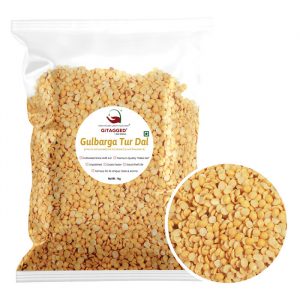
Toor Dal is among the most widely used lentils or grains in Indian cuisine. They have a slightly nutty flavour and are native to many parts of India. One of the characteristics of Toor dal is its slightly sour Tangy taste when cooked. Often cooked with other spices, they can be made into curry, served with rice, or even enjoyed on their own, as a snack. Countless recipes call for Toor Dal; make sure you develop some so you can try them all
Toor dal is high in protein and a great source of several other essential vitamins, including manganese, thiamin, riboflavin, folate, iron, magnesium, phosphorus and zinc. Toor Dal’ is most commonly served with basmati rice or paratha bread as part of a delicious Indian feast. Whether you’re cooking up spicy curries or simmering soups featuring Toor dal as the star ingredient, you can look forward to many delicious meals.
Moong Dal: These whole or split green:
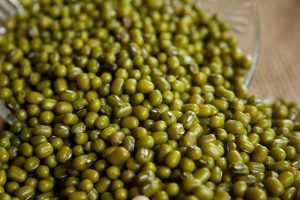
Moong Dal is one of the most accessible types of dal and can be found in most Indian households. It’s known for its vibrant yellow colour & has a sweet, earthy flavour. This dal is often eaten’ as an accompaniment to curries or as a side dish for chapattis. You can combine Moong Dal with other dals to create an even more flavourful dish!
Unlike another dal, Moong Dal is unique in that it can be consumed, in both wholes, Or split and hulled. When cooked, it has a smooth texture and delicate flavour that blends well with other ingredients. It’s also packed with protein and high in dietary fibre, making it one of the healthiest types of dal you can enjoy. With just a few simple ingredients, like ginger and garlic, you can transform Moong Dal into a delicious dish perfect for any meal!
Brown Chana Dal:
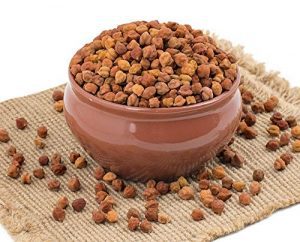
Brown Chana Dal has a nutty flavour. This type of dal is most often used in Indian cooking to add texture, But can also be brewed into an indulgent sweet soup or blended into a paste and topped with freshly chopped herbs. BrownChana Dal is a great source of protein, so it’s perfect for a meat-free meal.
Brown Chana Dal is a type of legume that is used to make dal. Which is a soup-like dish popular in South Asian and Middle Eastern cuisine. Brown Chana Dal” can also be used in other Dishes, such as curries and stir-fries. To prepare Brown Chana Dal, simply rinse it until clean, then add it to boiling water with some spices for flavour. Once cooked through, Brown chana dal swells up in size, becoming thicker and nuttier in taste. Serve with fragrant basmati rice or eat on its own with freshly chopped herbs and spices such as cumin and turmeric.
